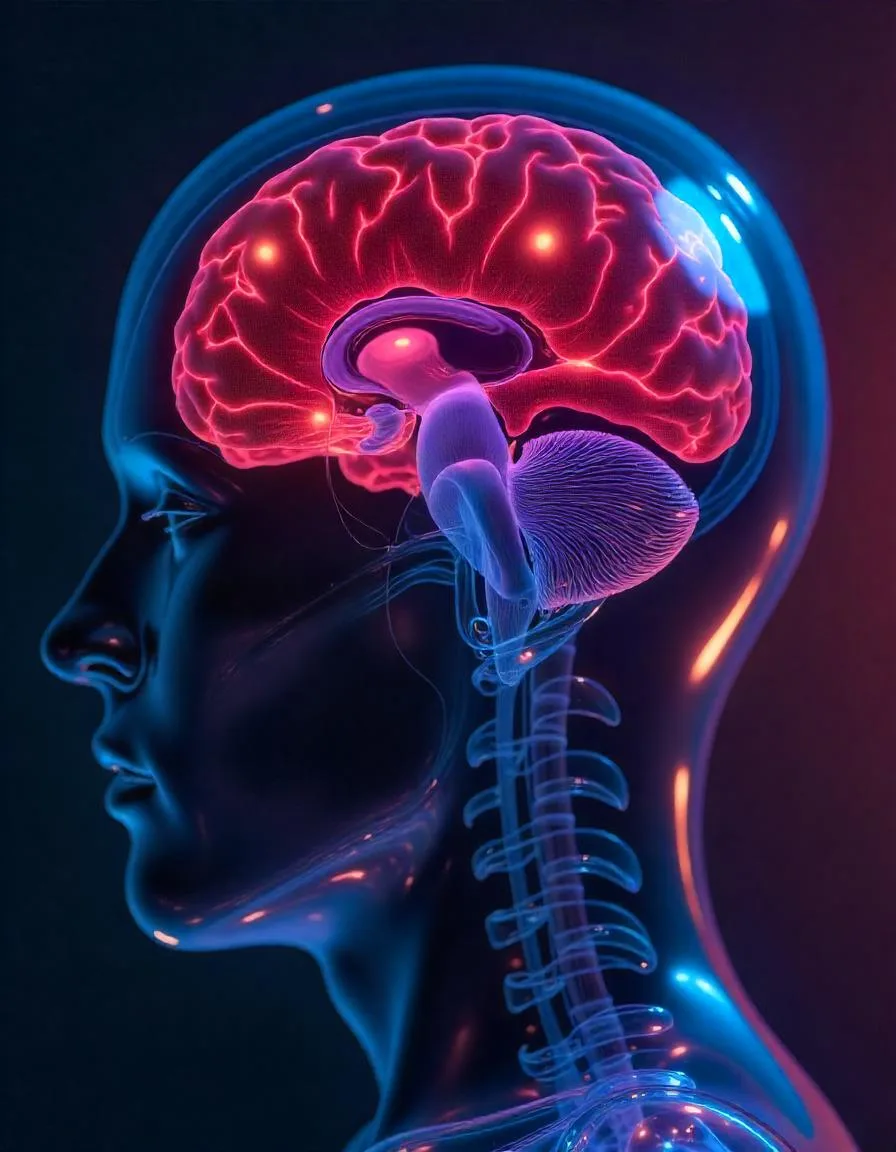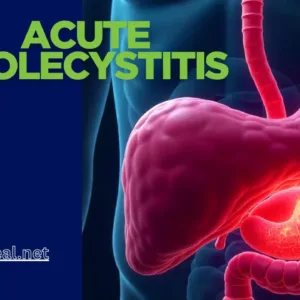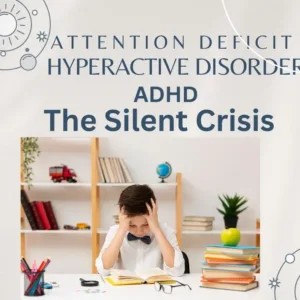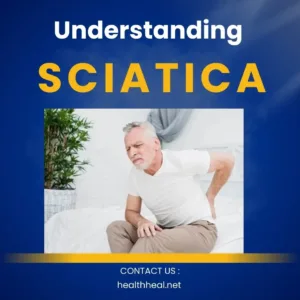Key Signs of Stroke: Don’t Ignore These Symptoms
Every 40 seconds, someone in the United States has a stroke. This is a serious health emergency that needs quick action. Knowing the early signs of stroke can save lives and prevent brain damage.
Stroke symptoms can come on suddenly and without warning. Being able to spot these signs fast can help save someone’s life. Learning about stroke symptoms is a vital skill that keeps you and your family safe.
Doctors say that during a stroke, every second counts. The sooner you recognize and act on stroke warning signs, the better the outcome. This can help reduce damage and improve recovery chances.
Key Takeaways
- A stroke occurs every 40 seconds in the United States
- Immediate recognition of symptoms is critical
- Time is key in stroke treatment
- Anyone can have a stroke, no matter their age
- Quick medical help can greatly reduce long-term damage
Understanding Stroke: A Life-Threatening Emergency
A stroke is a serious medical emergency that can happen without warning. It can cause big problems for your brain and body. If blood flow to the brain stops or a blood vessel bursts, every second is important to avoid lasting damage.
Strokes are complex events that can change a person’s life in an instant. Knowing the different types of stroke is key to spotting the signs and getting help fast.
Primary Types of Stroke
- Ischemic Stroke: Occurs when a blood clot blocks a brain blood vessel
- Hemorrhagic Stroke: Happens when a blood vessel ruptures and bleeds into brain tissue
- Transient Ischemic Attack (TIA): A temporary blockage often called a “mini-stroke”
The Critical Treatment Window
The time to treat a stroke is very short. Doctors say that treatment within the first 3-4.5 hours can greatly reduce long-term disabilities. During this time, quick action can help restore blood flow and lessen brain damage.
“Time lost is brain lost” – Stroke Treatment Principle
Spotting a stroke emergency quickly is vital. Your fast action can make a big difference in recovery or permanent brain damage.
Impact of Different Stroke Types
| Stroke Type | Potential Impact | Treatment Approach |
|---|---|---|
| Ischemic | Blocked blood flow | Clot-dissolving medication |
| Hemorrhagic | Brain bleeding | Surgical intervention |
| TIA | Temporary symptoms | Preventive strategies |
Knowing about these stroke types helps you spot warning signs. It also means you can get help fast during a stroke emergency.
Common Signs of Stroke You Should Never Ignore
Knowing the signs of a stroke can save lives. It’s vital to act fast when you see these symptoms. The FAST method is a simple way to spot warning signs that need quick action.
It’s important to know the signs of a stroke to keep yourself and your family safe. These symptoms can come on suddenly and may vary from person to person. Spotting them early can help reduce damage and improve recovery.
- Sudden numbness on one side of the body
- Unexpected weakness in arms or legs
- Difficulty speaking or understanding speech
- Severe headache with no known cause
- Sudden vision problems in one or both eyes
Doctors say stroke symptoms can be different for everyone. Some people might have mild signs, while others have more obvious ones. Being able to spot these signs quickly can be a lifesaver.
Time is brain: Every minute counts during a stroke emergency.
Watch for sudden changes in how you or someone else moves or thinks. If you see any of these signs, call emergency services right away. Don’t wait to see if they go away – quick medical help is essential for stroke patients.
Face Drooping and Facial Paralysis Symptoms
Spotting facial drooping is key to catching a stroke early. It can save lives by getting medical help fast.
Facial drooping is a clear sign of a stroke. It happens when blood flow to the brain stops. This causes muscles on one side of the face to weaken, making it look uneven.
Identifying Facial Asymmetry
The stroke smile test is a quick way to check for nerve problems. It looks for signs of facial weakness:
- Uneven smile with one side of the mouth drooping
- Inability to raise both eyebrows equally
- Difficulty closing one eye completely
- Slackened facial muscles on one side
Recognizing Dangerous Signals
Seeing facial asymmetry suddenly means it’s a serious issue. Get medical help right away, within the first few hours.
“Time lost is brain lost” – Stroke Prevention Experts
During a stroke, brain damage affects facial muscles. Knowing these signs helps you react fast. This can prevent lasting brain damage.
Speech Changes and Communication Problems
Stroke can greatly affect how you communicate, leading to big challenges with speech and language. The changes in speech caused by a stroke can surprise people during a medical crisis.
Slurred speech is a clear sign of a possible stroke. When parts of the brain that control language get damaged, speaking clearly becomes hard. This sudden change in communication is a key warning sign.
- Difficulty pronouncing words clearly
- Struggling to find the right words
- Inability to understand spoken language
- Producing nonsensical speech patterns
Aphasia, a serious language disorder caused by stroke, can change how you communicate. It affects the brain’s language centers, making it hard to speak, write, or understand language.
“Understanding stroke-related speech changes can save lives by enabling faster medical intervention.” – American Stroke Association
It’s important to watch for these communication issues. If you or someone nearby has sudden speech problems, get medical help right away.
| Speech Symptom | Potential Stroke Indication |
|---|---|
| Slurred Speech | High Risk of Neurological Damage |
| Word-Finding Difficulties | Possible Brain Function Disruption |
| Incomprehensible Language | Urgent Medical Evaluation Needed |
Spotting stroke speech problems early can help a lot. It can lead to better treatment and less long-term communication issues.
Arm Weakness and Mobility Issues
Stroke can greatly affect your body’s ability to move. Arm weakness is a key sign that needs quick action. It usually happens suddenly and can change how you move.
It’s important to notice if one side of your body feels weak. This is because your brain controls the opposite side of your body. So, a stroke on one side can cause specific problems with moving.
Understanding Stroke Mobility Challenges
Stroke can cause several mobility issues:
- Sudden inability to lift or move one arm
- Noticeable weakness on one side of the body
- Difficulty maintaining balance
- Reduced coordination and motor control
Testing Arm Strength and Coordination
You can check for arm weakness by doing this simple test:
- Raise both arms simultaneously
- Check if one arm drifts downward
- Verify if you can maintain equal arm positioning
- Test grip strength on both sides
Pro Tip: If you experience sudden, unexplained arm weakness, seek medical attention immediately. Early intervention can prevent long-term neurological damage.
Remember: One-sided weakness is never normal and always requires professional medical evaluation.
Additional Warning Signs and Symptoms
Strokes can show up in unexpected ways, not just with the FAST method. Spotting less common symptoms is key to saving lives and preventing damage.
Vision problems are often missed but are very important. You might see sudden changes like:
- Blurred or double vision
- Partial or complete vision loss in one or both eyes
- Sudden difficulty focusing
A stroke headache is different from usual headaches. It’s described as the most severe headache of your life – sudden, intense, and unlike anything before.
“Not all strokes announce themselves with dramatic symptoms. Sometimes, the warning signs are whispers, not screams.” – Neurology Expert
Other neurological symptoms that might mean a stroke include:
- Sudden confusion or disorientation
- Unexplained dizziness
- Sudden loss of balance
- Unexplained numbness in face, arm, or leg
Don’t ignore these signs. Quick action can greatly improve stroke outcomes and recovery.
Risk Factors That Increase Your Chances of Stroke
Knowing about stroke risk factors is key to keeping you healthy. Strokes can happen to anyone, but some things make you more likely to get one. By knowing these risks, you can start taking steps to prevent strokes.
Controllable Risk Factors
Some risks you can change, which means you have control over your health. These include:
- High blood pressure
- Smoking
- Diabetes
- Physical inactivity
- Obesity
- High cholesterol
Uncontrollable Risk Factors
Some risks you can’t change, but knowing them helps you stay healthy. These are:
- Age (risk increases after 55)
- Family history of stroke
- Genetic predisposition
- Gender (men are at higher risk)
- Ethnicity
Lifestyle Changes for Prevention
Making lifestyle changes can greatly lower your stroke risk. Try to:
- Regular exercise: Aim for 30 minutes of moderate activity most days
- Balanced diet: Eat more fruits, vegetables, and whole grains
- Stress management: Practice relaxation techniques
- Regular health screenings: Monitor blood pressure and cholesterol
By tackling these risk factors, you can make big strides in preventing strokes. This will also boost your overall health.
Emergency Response: What to Do When You Suspect a Stroke
When you think someone might be having a stroke, act fast. Quick action can save a life. It’s vital to know how to respond in these urgent moments.
Here are the key steps for stroke first aid:
- Call 911 right away if you see stroke symptoms
- Remember when the symptoms started
- Stay calm and make the person comfortable
- Don’t give them food or drinks
Calling 911 for a stroke is very important. Medical teams can start treatment quickly. Every minute matters in a stroke situation. Emergency help can prevent serious damage or save a life.
While waiting for help, do these quick checks:
- Ask them to smile and see if their face droops
- Ask them to raise both arms to check for weakness
- Check if their speech is clear or if they have trouble speaking
Your fast action can greatly help the stroke victim’s recovery. Medical experts say to act quickly and trust your instincts if you think someone is having a stroke.
“Time is brain” – A critical medical principle in stroke treatment
Conclusion
Knowing the signs of stroke can save lives. It’s not just for doctors. Everyone needs to know the symptoms and act fast.
The FAST method is a simple way to act quickly. Look for facial drooping, arm weakness, and speech problems. Time is key when it comes to medical help.
Teaching others about stroke is important. Share what you know with everyone. This helps spread awareness and save lives.
Learning about stroke symptoms helps keep you and others safe. Stay informed and alert. Always call for emergency help if you think someone is having a stroke.
FAQ
What is a stroke?
A stroke is a serious medical emergency. It happens when blood flow to the brain stops. This can be due to a blocked or ruptured blood vessel. Without blood flow, brain tissue can’t get oxygen and nutrients, leading to damage or even death.
What are the most important signs of a stroke?
The key signs of a stroke are easy to remember with the FAST method. Look for Face drooping, Arm weakness, Speech difficulties, and Time to call for help. Other signs include sudden severe headache, vision problems, dizziness, and confusion.
How quickly should I respond if I suspect someone is having a stroke?
Act fast if you think someone is having a stroke. The first few hours are critical. Call 911 right away. Quick medical help can greatly reduce brain damage and improve recovery chances.
Who is at highest risk for stroke?
Stroke risk goes up with age, but other factors increase it too. High blood pressure, diabetes, heart disease, smoking, obesity, and a family history of stroke are all risk factors. People over 55 and those with several risk factors are at higher risk.
Can strokes be prevented?
While not all strokes can be prevented, you can lower your risk. Eat healthy, exercise, control blood pressure, quit smoking, and limit alcohol. Managing chronic conditions like diabetes and heart disease also helps.
What should I do while waiting for emergency services during a suspected stroke?
Stay calm and keep the person comfortable. Note when symptoms started and keep them lying down. Don’t give them food or drink. If they’re unconscious but breathing, put them in the recovery position. Only move them if necessary.
Are there different types of strokes?
Yes, there are two main types of strokes. Ischemic strokes happen when blood vessels are blocked, making up about 87% of strokes. Hemorrhagic strokes occur when there’s bleeding in the brain. Each type needs different treatment.
Can young people have strokes?
While strokes are more common in older adults, they can happen to anyone. Young people with genetic disorders, heart conditions, severe infections, or certain lifestyle choices are at higher risk. It’s important to remember that strokes can affect anyone.
How can I help a stroke victim communicate?
Be patient and supportive. Speak clearly and slowly, and use simple sentences. Give them time to respond. Use gestures and encourage them to communicate in ways they can, like writing or pointing. Professional speech therapy is also key for recovery.
What long-term effects can a stroke have?
Stroke effects vary based on brain damage location and severity. Possible long-term effects include paralysis, speech difficulties, memory problems, emotional changes, vision issues, and motor skill challenges. Early intervention and rehabilitation can improve recovery outcomes.






